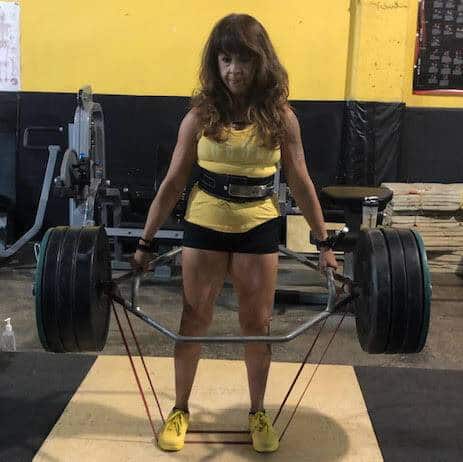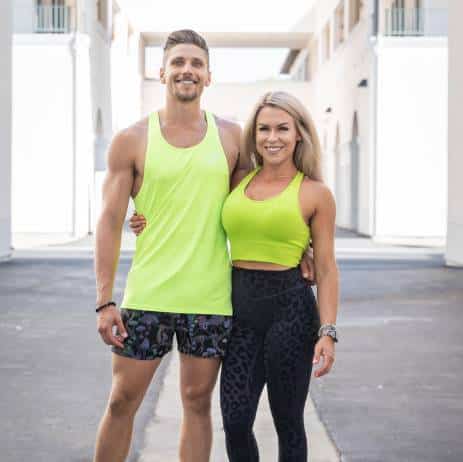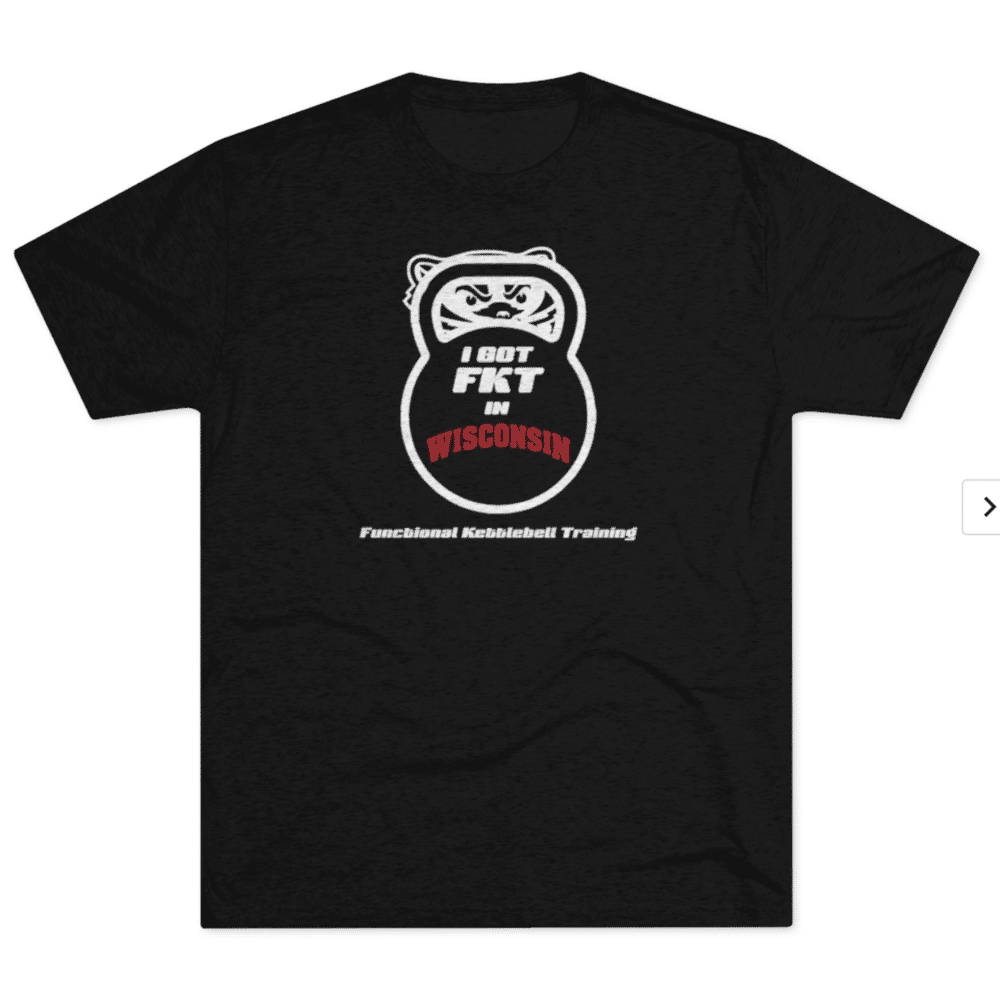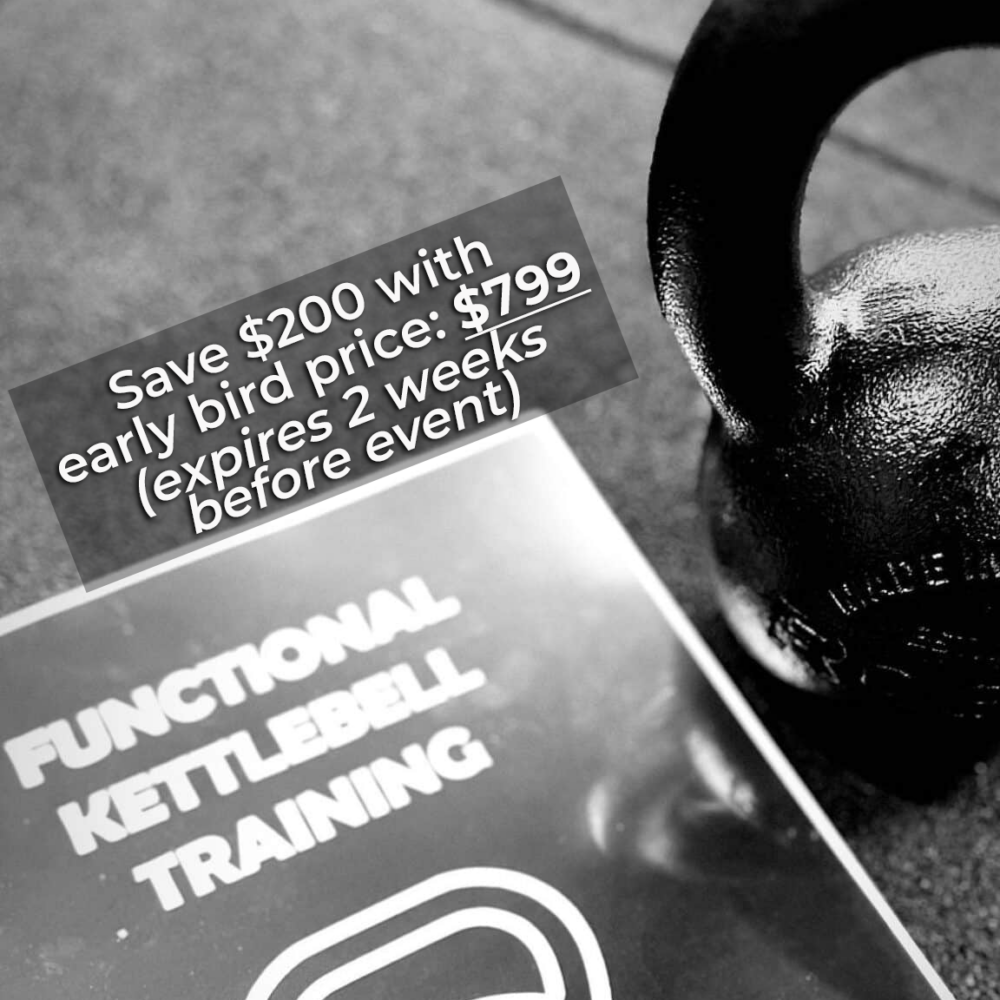Additional information
| Location | San, Diego, CA February 22-23, 2025, Phoenix, AZ April 26-27, 2025, Dallas, TX June 7-8, 2025 |
|---|
$999.00 Original price was: $999.00.$0.00Current price is: $0.00.
PPSC is proud to announce a partnership with PRN for courses held at PRN Clinics.
Please use the drop down to register for your specific location.
As part of our partnership, you will not be required to pay ANYTHING in order to register.
This is the exact curriculum that will be covered over the 2 day, 16 hour course.
Day 1
Introduction To The 6-Phase Dynamic Rehab Sequence
1.1 Pain: The Biggest Problem Facing The Medical Industry
1.2 Bridging The Gap Between Performance, Prevention and Rehab
1.3 Prioritizing Health and Performance First To Optimize Performance
1.4 The Compounding Power of Prehabilitation
1.5 The 6-Phase Dynamic Rehab Sequence
Soft Tissue and Self Myofascial Release Techniques
2.1 Breaking Down Mythical Misconceptions of Manual Therapy
2.2 SMR Prescription For Pain-Free, Painful and Dysfunctional Movers
2.3 Oscillatory Soft Tissue Technique
2.4 Neurological Trigger Point Technique
2.5 Global SMR Techniques
2.6 Objectifying Results Based Soft Tissue Practice
2.7 Regional Focuses For Soft Tissue Work
2.8 PRACTICAL: Oscillatory vs. Trigger Point vs. Global
Bi-Phasic Stretching and Mobility Protocols
3.1 Not All Forms of Stretching Are Created Equally
3.2 Debunking Dogmatic Stretching Theory
3.3 The Painful Side of Stretching
3.4 Parameters of Bi-Phasic Stretching Protocols
3.5 Regional Focuses For Stretching and Mobility
3.6 PRACTICAL: Alleviating The Terrible Triad of Hip Tightness
Corrective Based Exercise Strategies
4.1 The Singular Goal For Prescribing A Corrective Exercise
4.2 The 3 S’s To Successfully Implementing Corrective Exercise
4.3 Common Linchpin Corrective Strategies
4.4 Taking Caution With Correctives
4.5 The Motor Control Gap
4.6 Focused Corrective Exercise Prescription
4.7 PRACTICAL: Correctives Damn Near Everyone Needs
Postural Activation Drills
5.1 A Functional Definition of Activation
5.2 Where To Prioritize Postural Activation Strategies
5.3 Requisites of Authentic Activation
5.4 Achieving Shoulder and Hip Centration
5.5 Proper Programming of Activation Drills
5.6 PRACTICAL: The Cornerstones of Stability and Activation
Foundational Movement Pattern Development
6.1 Matching Movements With Key Performance Indicators
6.2 The 6 Foundational Movement Patterns
6.3 Fine Tuning Foundations with Coaching vs. Training
6.4 Grooving The Patterns with Proper Programming Prescriptions
6.5 PRACTICAL: Move Like A Human Before You Move Like An Athlete
Central Nervous System Stimulation Strategies
7.1 The Power of The Central Nervous System
7.2 Two Main Mechanisms of CNS Spiking
7.3 The Post Activation Potentiation Phenomenon
7.4 Superset CNS Stimulation Strategies
7.5 Programming CNS Stimulators
7.6 PRACTICAL: Jumps, Jacks, Plyos and More
General 6-Phase Dynamic Rehab Programming
8.1 Warm Up Time Investment Specific To Needs
8.2 6-Phase Dynamic Rehab Sequence Individualization Strategies
8.3 Parasympathetic Emphasized Programming
8.4 Corrective Emphasized Programming
8.5 Sympathetic Stimulation Emphasized Programming
8.6 How To Best Utilize The 6-Phase System
8.7 Plug and Play Strategies Via Screening and Assessment Data
DAY 2
Introduction To Optimizing The 6 Foundational Movement Patterns
9.1 Utilizing The 6-Phase Dynamic Rehab Blueprint
9.2 The Importance of Foundational Movement Patterning
9.3 What About Rotation As The 7th Movement Pattern?
9.4 Screening vs. Assessment Protocols
The Squat Pattern
10.1 Placing Load Via The Top Down Squat Screen
10.2 Improving Stance Via The Bottom’s Up Squat Screen
10.3 Passive and Active Hip Range of Motion Assessment
10.4 Finding The Perfect Squat: The Hip Quadrant Testing Protocol
10.5 Ankle Mobility Assessment and Correction
10.6 Correcting Squat Pattern Pain and Dysfunction
10.7 Pain-Free Squat Pattern Movement Variation Pyramid
The Hip Hinge Pattern
11.1 More Than The Active Straight Leg Raise
11.2Differentiating Anterior vs. Posterior Hinge Approach
11.3 Screening Load Interaction’s Ability To Alter Pattern
11.4 Finding The Perfect Deadlift: The Standing Hinge Back Test
11.5 Correcting Hip Hinge Pattern Pain and Dysfunction
11.6 Pain-Free Hip Hinge Pattern Movement Variation Pyramid
The Asymmetrical Single Leg Pattern
12.1 The 3 Levels of “Single Leg” Training
12.2 Screening The Split Squat, Lunge and Single Leg RDL
12.3 Advanced Single Leg Assessment: Balance
12.4 Differentiating Ankle vs. Hip vs. Torso Stability Strategies
12.5 The Ultimate Motor Control Challenge: Forward To Reverse Lunge Combo
12.6 Correcting Single Leg Pattern Pain and Dysfunction
12.7 Pain-Free Single Leg Pattern Movement Variation Pyramid
The Upper Body Push Pattern
13.1 Screening The Functional Power of The Push Up
13.2 Finding The Perfect Shoulder Position: The Shoulder Scour Test
13.3 Assessing The Shoulder Complex In The Overhead Position
13.4 Training Strategies For The Push Pattern
13.5 Correcting Push Pattern Pain and Dysfunction
13.6 Pain-Free Push Pattern Movement Pattern Variation Pyramid
The Upper Body Pull Pattern
14.1 Similarities and Differences in Push and Pull Patterns
14.2 Screening The Full Body Pull Pattern
14.3 Advanced Pull Pattern Assessment Via Vertical Plane of Motion
14.4 Programming Pain-Free Shoulder Training Ratios
14.5 Correcting Pull Pattern Pain and Dysfunction
14.6 Pain-Free Pull Pattern Movement Pattern Variation Pyramid
The Locomotive Carry Pattern
15.1 The Simplest Non-Negotiable Screen For Locomotion
15.2 Loading The Locomotion Pattern
15.3 Established Performance Metrics of Loaded Carries
15.4 The Synergistic Function of The Pillar Complex
15.5 The 5 Keystone Developmental Positions
15.6 The Power of Oblique Slings and Synergistic Spiral Effect
15.7 Correcting Carry Pattern Pain and Dysfunction
15.8 Pain-Free Carry Pattern Movement Pattern Variation Pyramid
| Location | San, Diego, CA February 22-23, 2025, Phoenix, AZ April 26-27, 2025, Dallas, TX June 7-8, 2025 |
|---|

“The PPSC programs and certifications have not only improved my personal fitness level
and performance, but have greatly improved my ability to coach my students at all levels, and deal with numerous physical limitations often seen today. I feel confident in coaching people who feel they have been broken and making them feel strong, and identifying weaknesses in those who are strong to make sure they stay that way. Best training in the industry!”

“We were able to bring our whole team and it was the best experience. We have a range of new to experienced trainers and we all got something new out of it! It was the perfect package of new theory (on programming, prehab, etc) and practical application (cueing, supersets, etc). It’s absolutely the best overall course to learn how to really help your clients progress without pain. We’ve already started using what we learned and our clients are loving it!”

“Just when I thought the PPSC team couldn’t possibly deliver any more value, they outdid themselves once again! I can’t tell you how many times I had “Ah-ha!” moments during this PPSCx weekend. Right after the first lunch break, I looked at my business partner and said “This is REALLY good! We needed this!” I have been a coach for 7 years, and I have been a gym owner for 2 years. This new certification gave me many new tools to implement in my facility in terms of programming, coaching systems, and client interactions. Plus, the networking opportunity with other like-minded individuals was incredibly valuable. David and Clif made this weekend jammed packed with tons of fantastic information, and they delivered it in a way that was interactive, FUN, and easy to implement immediately with my clients. I’m extremely grateful to have had the opportunity to attend this event, and I’d honestly do it 10 times over. Thank you PPSC for making me a better coach and leader. Thank you for helping me help others change their lives through fitness. You guys rock!”

-
Add to cart
-
Add to cart
-
Add to cart
-
Add to cartLorem ipsum dolor sit amet, consectetur adipiscing elit, sed do eiusmod tempor incididunt ut labore et dolore magna aliqua.